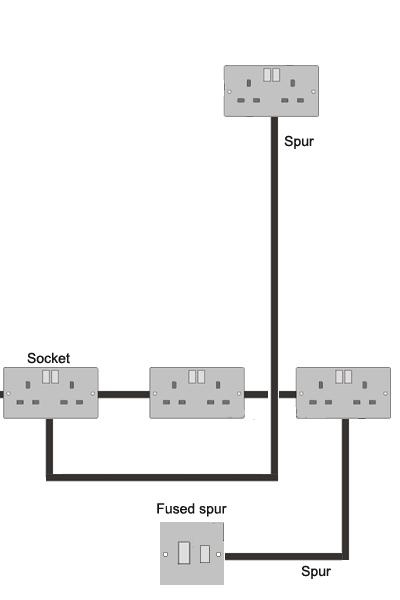Hi
Can I ask if the diagram below, is ok (standard 2.5mm)
I need to add the two items shown on spurs.
If not, is there any easy solution?
http://www.diynot.com/network/leelee111/albums/
Thanks
Lee
Can I ask if the diagram below, is ok (standard 2.5mm)
I need to add the two items shown on spurs.
If not, is there any easy solution?
http://www.diynot.com/network/leelee111/albums/
Thanks
Lee


